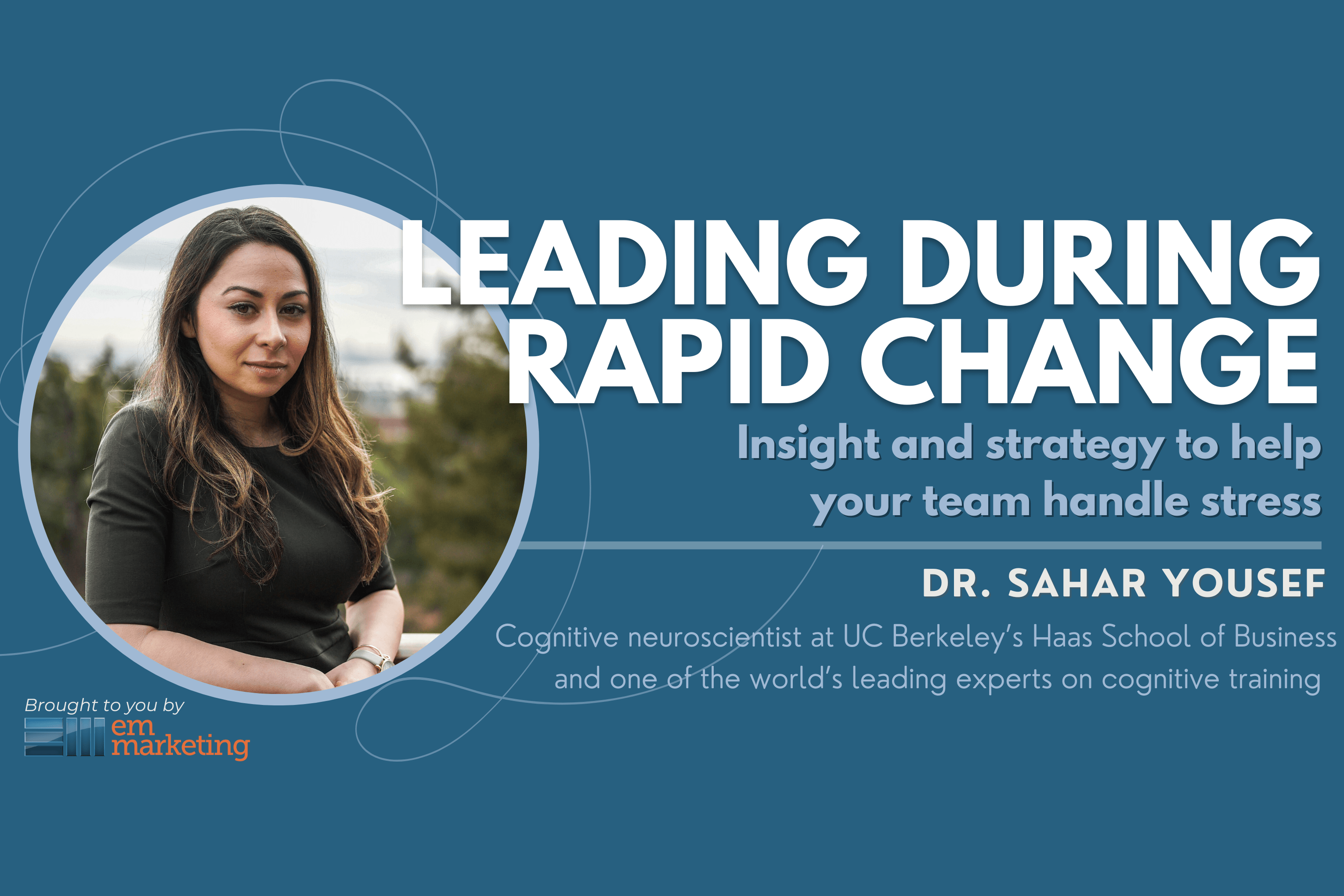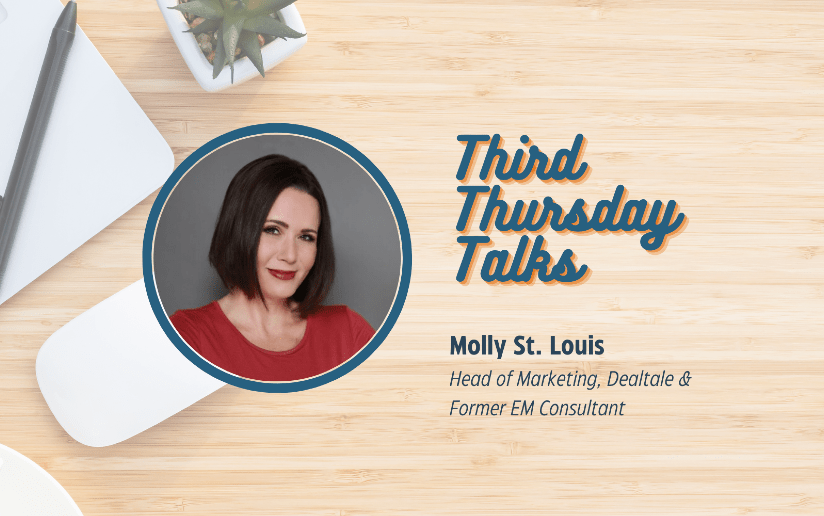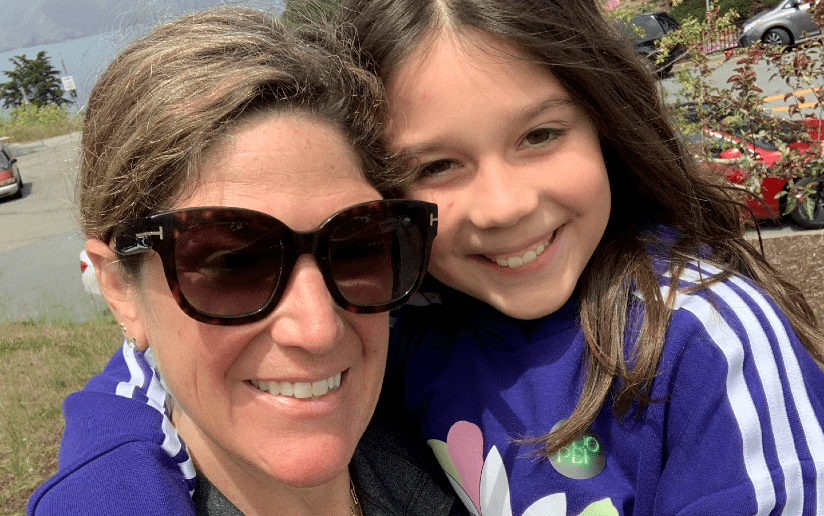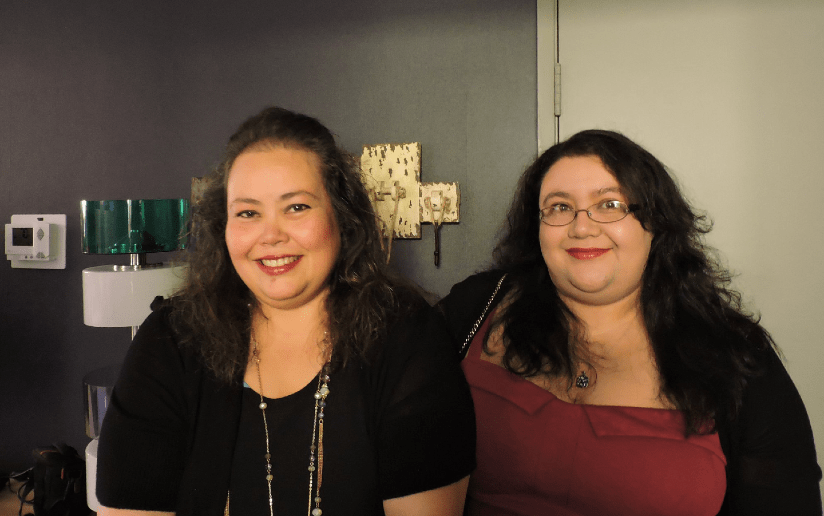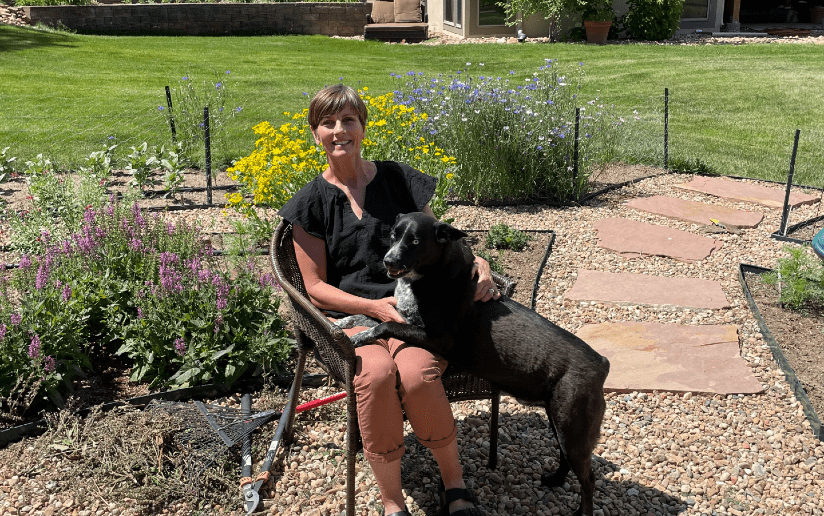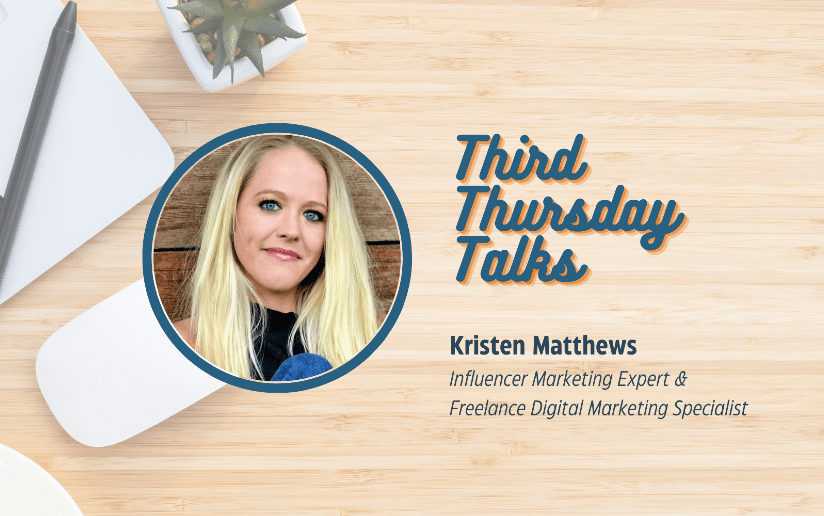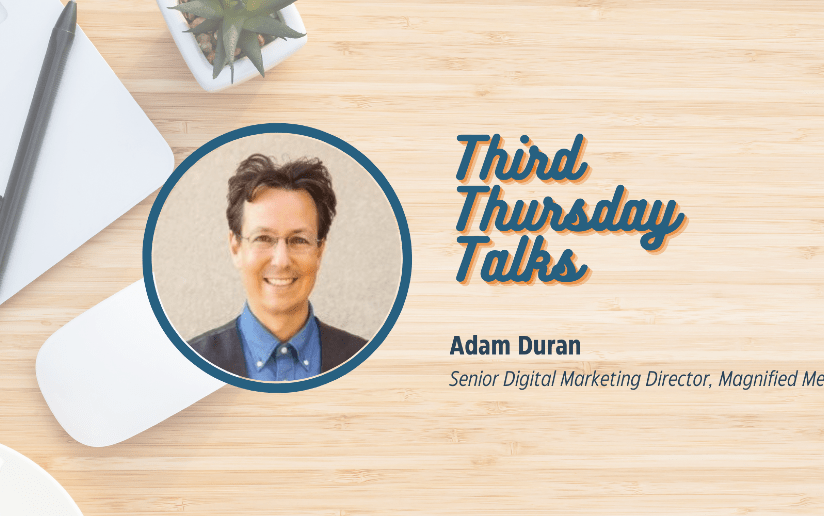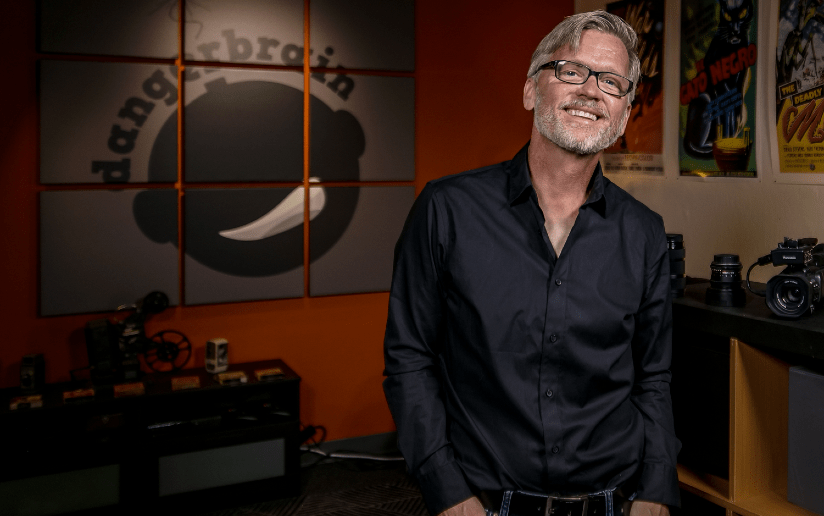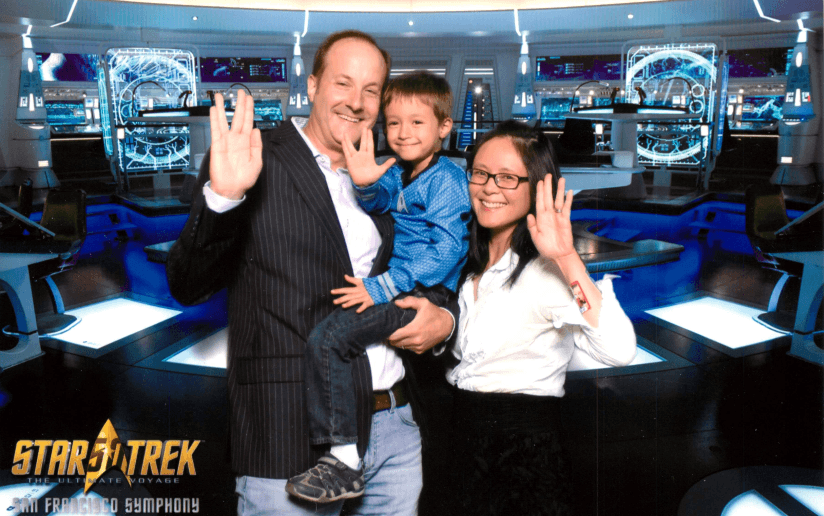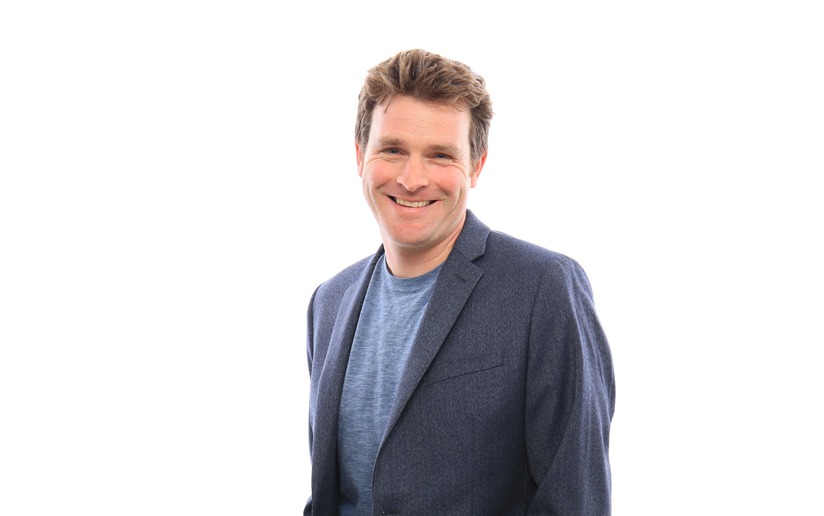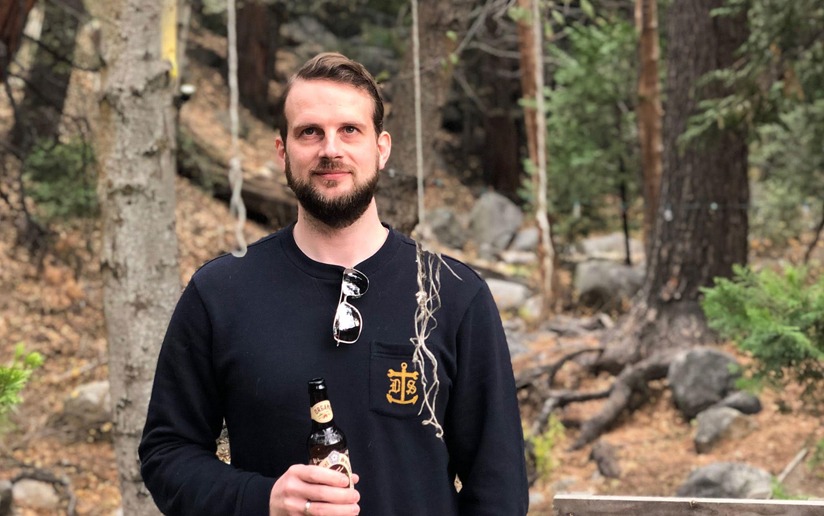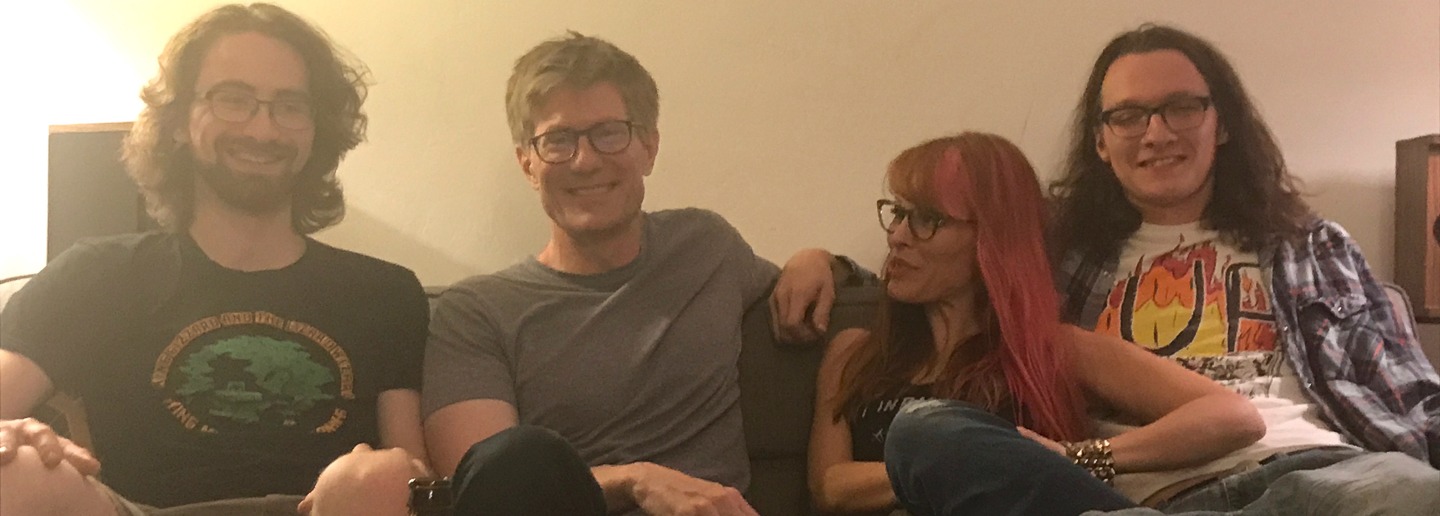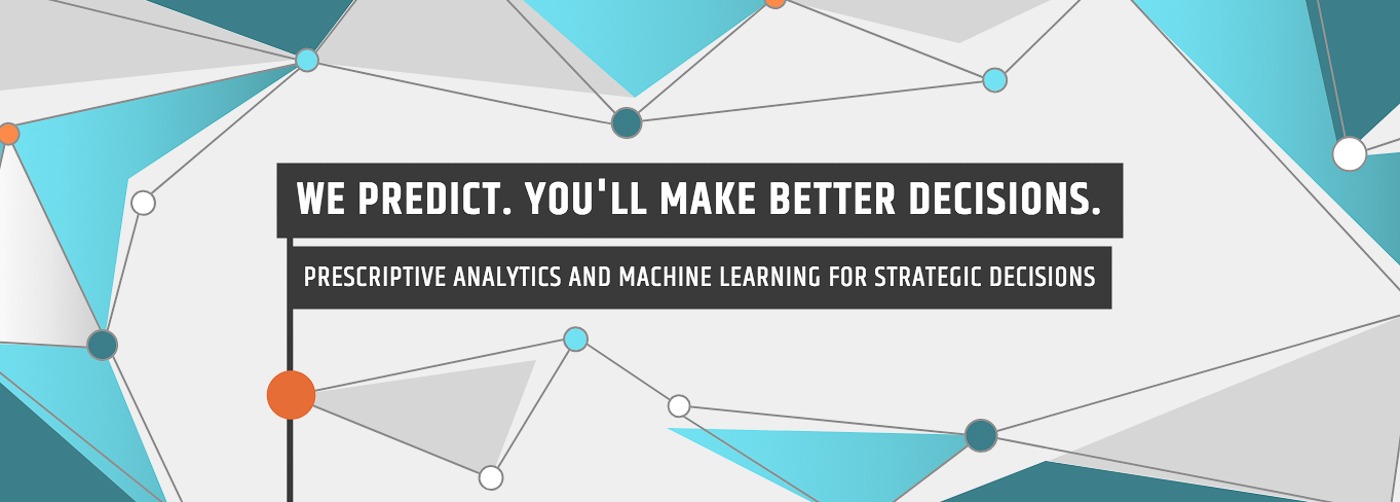
How to Understand, Prevent, and Recover From Burnout, a Webinar with Keshawn Hughes
Burnout is a hot topic in the business world today, and is especially relevant to self-employed workers like contractors.
Freelancers and consultants may have already felt isolated professionally before the pandemic, but COVID has added personal isolation to that picture. Additionally, freelancers live with the reality of always having to plan their future work, and with so much uncertainty over the last two years, the stress of maintaining a stable pipeline has increased for many. In fact, several of our best freelancers here at EM decided to take more traditional, full-time positions in recent years.
So, we see burnout as an essential topic for our consultant community to consider, but also important issue for anyone doing business in any way these days. However, it’s a concept that many misunderstand. Burnout is more than just being tired out or lacking motivation in your work—it’s actually an extreme state of dysfunction.
To get a better handle on this important topic, we recently hosted a webinar led by Keshawn Hughes, certified neurocoach and leadership consultant, about how to understand, prevent, and recover from burnout.
Keshawn started by asking those on the call whether they had experienced burnout, and the response was eyebrow-raising: 92% said yes, 8% said they weren’t sure, and not a single person said they’d never experienced it.
It’s likely that some, or even many, of those who said yes had not actually gotten to a state so dysfunctional that it qualified as burnout. Keshawn described her own experience of burning out—complete with a panic attack in the middle of a shopping mall—as a way to emphasize the debilitating nature of true burnout.
“Burnout is much different than ordinary fatigue,” says Keshawn. “Burnout can be a long journey of treacherous feelings that wear on mind, body, and soul.”
What is burnout anyway?
To be classified as going through burnout, you must have one or more of these tell-tale signs:
- Emotional and physical exhaustion. This involves feeling like you’re out of control, in an extreme state of stress, or unable to continue normal activities. Your feelings can be summed up by the phrase “I just can’t take anymore!”
- Depersonalization and depression. The keyword here is cynicism, which is a prominent marker of burnout. That can mean lacking empathy for yourself or others, being pessimistic, or engaging in negative self-talk.
- Feeling a lack of accomplishment and impact. This is a pervasive and consistent sense of inefficacy. You don’t feel like what you’re doing matters.
A lot of people who throw around the term “burnout” are probably not quite there yet, since many use this term to mean they’re having negative feelings that are fit into the above categories but don’t yet reach the Code Red level of real dysfunction.
But just because what you’re experiencing can’t be classified as burnout doesn’t mean it isn’t a problem. Keshawn listed a wide array of signs that you’re heading toward a state of burnout:
- Excessive drive or ambition
- Pushing yourself to work harder
- Neglecting personal care and needs
- Displacing conflict (projection)
- Denial
- Withdrawal
- Behavior changes
- Inner emptiness
- Depression
- Mental or physical exhaustion
How does burnout work?
It’s useful to learn what is happening in our brains and bodies when we’re having these feelings. Keshawn gave a thorough overview of how burnout works on these levels.
A state of burnout and high-stress emphasizes and de-emphasizes certain aspects of our brain. For example, the Amygdala, our emotional center, overreacts when in a state of burnout, It’s a threat-avoiding mechanism from our prehistoric origins, and putting it into overdrive makes us see a lot of things as threats. Like the next project your boss asks you to do.
Additionally, a state of burnout also inspires a state of left-brain dominance. The left side of the brain is the one focused on linear thinking, organization, speed, and productivity, which are all good things when they’re in balance with other elements of our thinking. But it creates problems when the productivity-oriented side of our brain takes over because we deprioritize big-picture thinking, intuition, spatial awareness, abstract concepts, and creativity.
Burnout also produces changes in our bodies: All the feed-good hormones like oxytocin, dopamine, and serotonin decrease. Meanwhile, hormones that are responsible for making us act and respond quickly are increased, such as cortisol, histamines, and norepinephrine.
What to do if you’re headed for burnout
One thing we can do to head off burnout is to complete the stress cycle. Stress has a beginning, middle, and end, and if you don’t process your stress, it stays in your body and is never resolved. To complete the stress cycle, you need to practice self-awareness, observe and label your feelings, and restore your balance.
There are many other activities one can do to draw back from tipping into full-blow burnout, but all of them start with an awareness of the problem and a realization that things need to change.
Keshawn can help you develop that awareness and figure out how to shift out of a fight-or-flight mode. Check out the webinar to hear all her wisdom on this important topic.





















